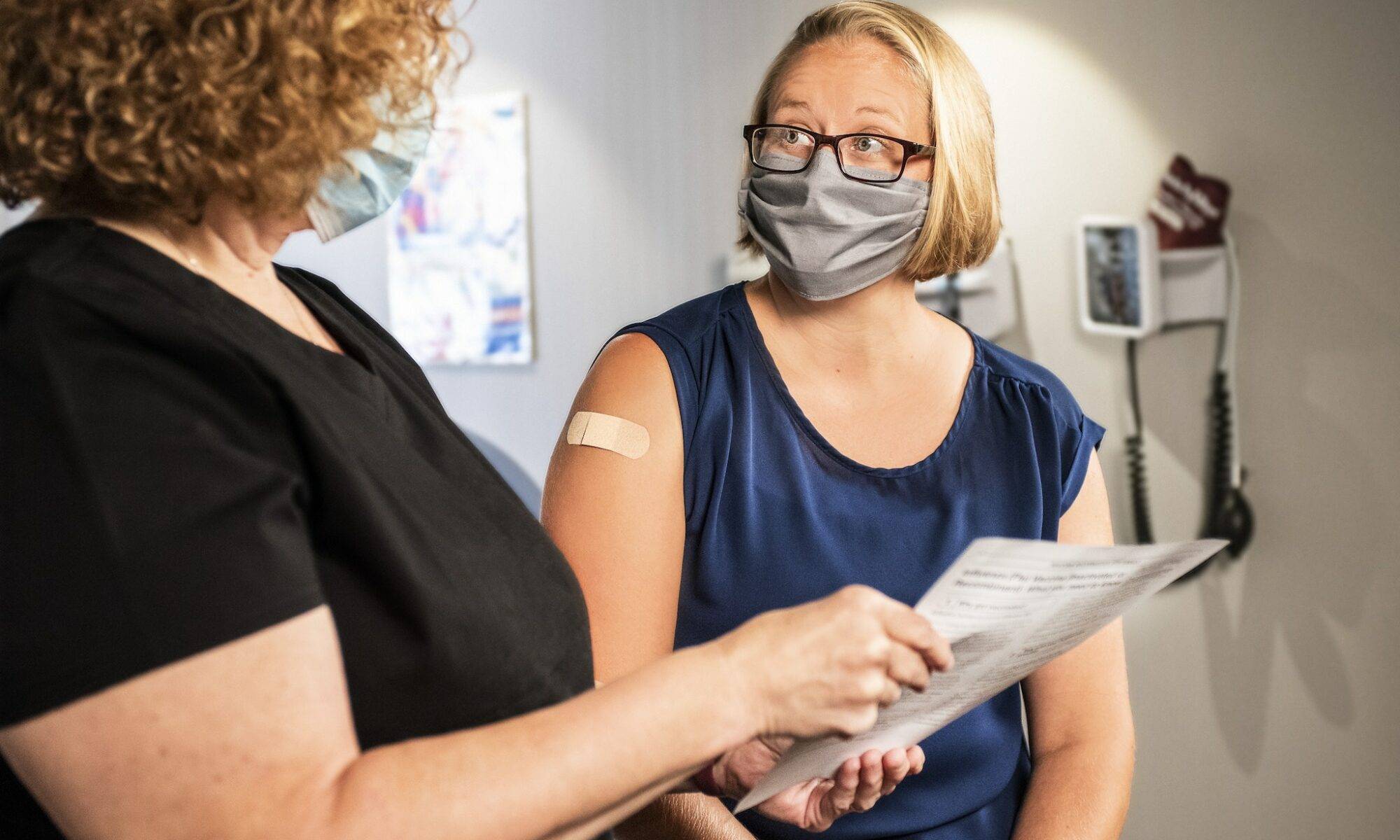To plunge into the heart of the matter, let’s first decipher the cryptic idea of health literacy – a cornerstone of patient care. Picture this: a seemingly cryptic maze of medical jargon, intricate healthcare systems, and various health protocols. To not just survive but thrive in this labyrinth, individuals require a compass – health literacy. By equipping people with the ability to extract, dissect, and employ health information, health literacy becomes the navigation tool for their healthcare journey.
Venturing into the Maze: Health Literacy Unraveled
For those wading through the murky waters of healthcare, health literacy can act as a lifeboat. It’s not just about words on a paper or sounds in a conversation. Rather, it encapsulates diverse skills – reading, writing, understanding numbers, and the capacity for critical judgment – that are essential to decode the puzzles of the healthcare system.
Health Literacy: A Bridge Over Troubled Waters
Have you ever found yourself lost in translation? Now imagine struggling to interpret crucial medical instructions, or failing to voice your concerns to your healthcare provider. That’s the hurdle low health literacy presents. This obstacle does not discriminate – it influences a spectrum of individuals, irrespective of their educational level. Our mission? To recognize the forces that sway health literacy – cultural background, linguistic proficiency, economic status – and tailor a communicative bridge to help patients across.
Visualize effective communication as the heartbeat of patient-focused care. To keep this heart pumping, we must endorse strategies that champion clarity and brevity, while taking the patient’s health literacy level into account. The key? Use of everyday language, ditching the medical lingo, and leveraging visual aids to improve patients’ comprehension of their health journey.
Health Literacy: The Rudder in the Sea of Decision Making
Let’s return to our labyrinth analogy. Health literacy can help patients to not only navigate, but also become architects of their healthcare journey. How? By facilitating shared decision-making. This approach places patients and healthcare providers on equal ground, ensuring that the former’s preferences, values, and goals are taken into account. It’s about handing the reins over to the patients, making them active partners in their care.
Health Literacy: The Map to Treatment Adherence
Picture this: you’re given a map with instructions in a language you can’t comprehend. Frustrating, isn’t it? That’s how patients with low health literacy might feel when trying to follow complex medication instructions or dietary guidelines. To navigate this, healthcare providers can morph into guides, simplifying information and ensuring the patient understands the path laid out for them.
Embracing Health Promotion: The Power of Health Literacy
Imagine having the power to prevent diseases before they strike. Sounds fantastic, right? Well, health literacy grants patients this power. By boosting health literacy levels, we can encourage patients to engage in health-promoting activities and adopt a proactive stance toward their health.
Health Literacy: A Tool to Address Health Disparities
Consider health literacy a social equalizer. However, it’s not distributed uniformly across the population. Certain demographics may find themselves at a disadvantage due to factors such as language barriers, economic struggles, or societal marginalization. Our responsibility? To recognize these disparities and wield health literacy as a weapon to bridge these gaps.
Amplifying Health Literacy: The Path Forward
In order to enhance health literacy, we need to adopt a holistic approach. This involves implementing standards, developing patient-friendly materials, and introducing health literacy into professional training programs. It’s about creating an environment that nurtures and empowers patients, encouraging them to actively engage in their healthcare journey.
Health Literacy in the Digital Realm
In our digital age, an overflow of online health information exists. Yet, the challenge lies in discerning the trustworthy from the dubious. Healthcare providers can play a vital role by guiding patients towards reliable sources and teaching them how to separate the wheat from the chaff in terms of digital health information.
Healthcare Providers: The Torchbearers of Health Literacy
Imagine healthcare providers as the torchbearers in the labyrinth of health literacy. By incorporating health literacy practices into their daily interactions, they can guide patients towards improved outcomes and foster a more inclusive healthcare system.
In the End
Health literacy – it’s more than a concept, it’s an essential tool. By helping patients navigate their healthcare journey, we can help them reach their destination: improved health outcomes, reduced health disparities, and overall well-being. Now, isn’t that worth embracing the labyrinth for?


